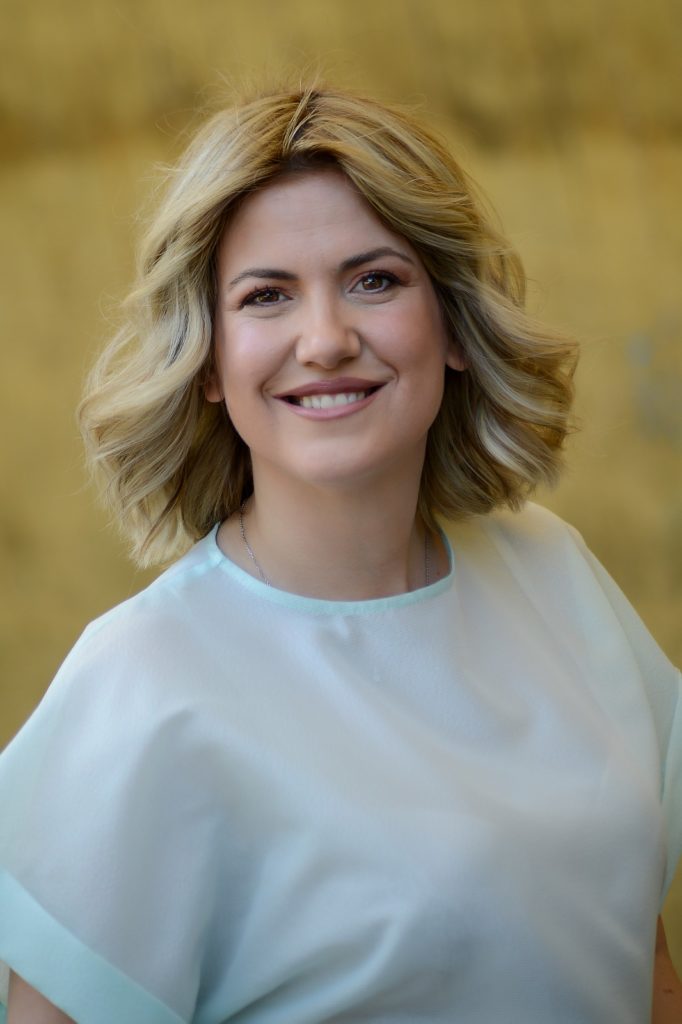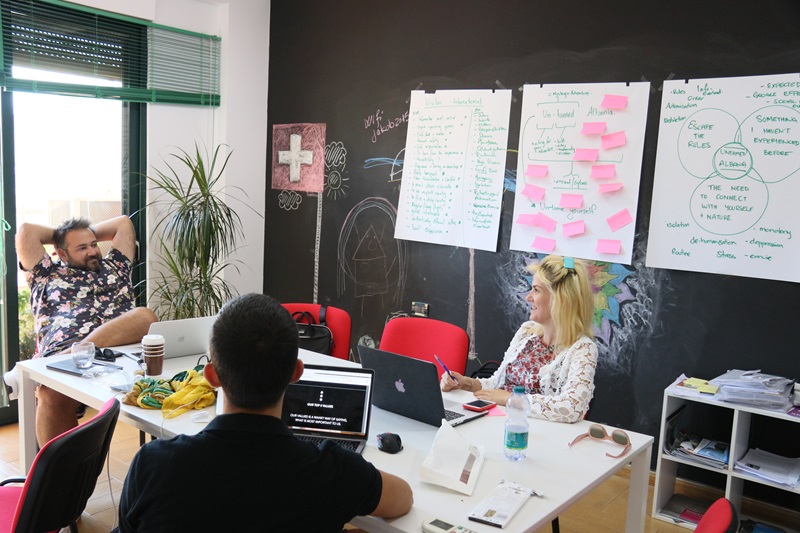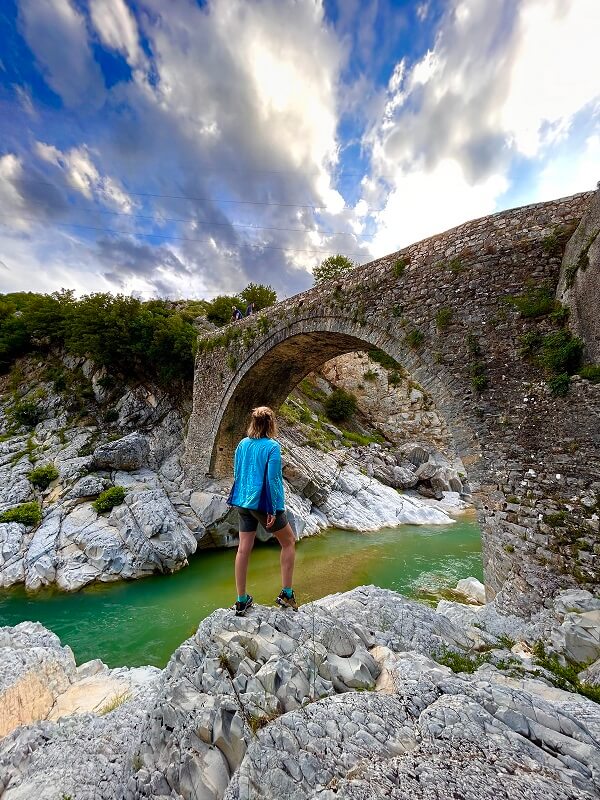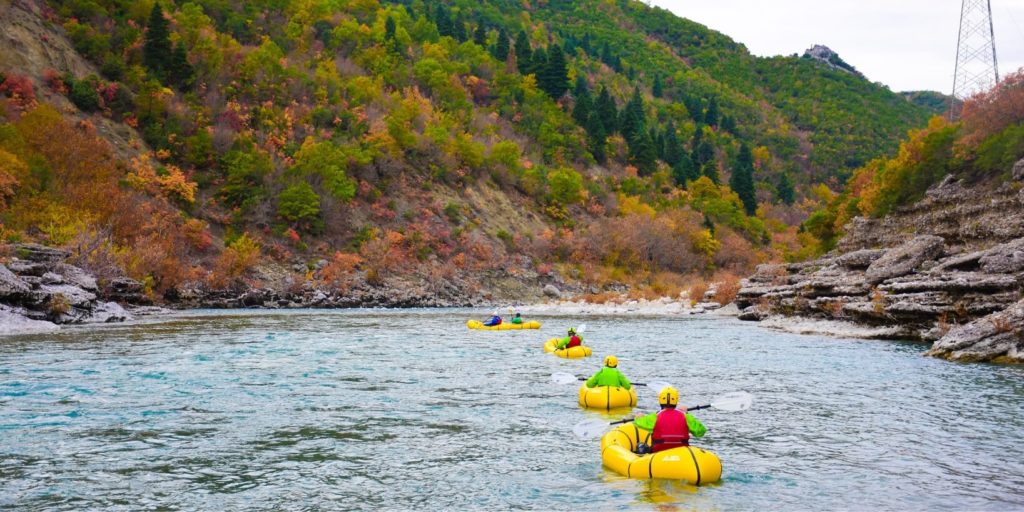
By Blerina Ago, Tourism Expert, Active Albania
Welcome to Albania, where tourism is growing faster than you can say “raki,” and we’re all trying to manage it without completely destroying our beautiful country. If you’ve ever wondered how a destination transitions from a “hidden gem” to an “Instagram hotspot,” you’re in the right place. We have castles, mountains, rivers, beaches, and, on top of that, we have a tourism lifecycle to manage. Yes, folks, it’s all a cycle—like that goat’s milk that ferments somewhere in a small Albanian village.
If you’re not obsessed with tourism (like I am), let’s talk about the “Butler Curve.” No, it’s not a dapper waiter bringing tea to your fancy room in Dhërmi. It’s a theory. A theory that suggests a destination begins with rapid growth, then slows down, and finally… either flourishes or descends into ruin. Think of it like a party: it starts out quiet, then everyone shows up, it gets exciting, someone breaks a glass, and in the end, half the people leave, but some are still having a blast. Sound familiar? Could it resemble tourism?
Albania: We’re in the “Everyone is Coming” Phase
Albania is in the midst of this Butler party. We’ve moved past the quiet phase of local tourists or early explorers, and now everyone from backpackers to cruise ship tourists is starting to realize how enchanting this country is. So, what happens next? Will we evolve into a sustainable destination where local communities thrive, ecosystems flourish, and tourists leave claiming they helped preserve and protect the diversity of the Vjosa River? Or will we end up like that broken glass?
Here’s the truth: our natural resources are like the snack table at a party. Everyone thinks they’re endless, but in the end, someone has to refill the plates with cheese, pickles, and olives. This is where sustainable tourism comes in. It’s like breaking the overwhelming atmosphere, but trust me, you’ll thank me when your hotel or your grandson’s hotel doesn’t end up underwater because climate change swept away half the coastline.
The Tragedy of the Commons (or How Not to Be Selfish)
The key to sustainable tourism in Albania—or anywhere—is the protection of common resources. This is a pompous way of saying: “The things we all enjoy (beaches, forests, rivers, that cool restaurant that hasn’t yet been ruined by TikTok) but no one wants to take care of.” The problem? People tend to treat these things as if they will never run out. Here lies the tragedy of the commons, or as I like to call it, everyone takes the last piece of baklava and wonders why there’s none left.
To avoid this, we need smart planning, or as we say in Albania: let’s use our brains a bit!
The Importance of Inclusive Tourism Planning
Inclusive tourism planning acknowledges that the benefits of tourism shouldn’t just serve visitors but also the local population. For Albania, this means ensuring that communities welcoming tourists are active participants in the tourism economy. This can be achieved through various strategies:
Securing Local Resources: Community partnerships should be established to protect local land and cultural assets. As Albania’s tourism sector grows, there’s a real risk of land speculation, which could force locals out of their homes and strip them of control over their land and valuable resources. By securing these resources early in the tourism lifecycle, Albania can ensure that its communities continue to benefit from tourism in the long term. Including Albanian-made products and services, such as those from agriculture, transport, healthcare, construction, art, and culture, in the tourism value chain ensures inclusivity and benefits to other economic sectors.
Skills Development and Education: As tourism becomes a key part of Albania’s economy, it’s essential to equip the local workforce with the skills needed to thrive in this industry. Training programs in areas like hospitality, foreign languages, and business management can help locals access higher-paying jobs and leadership roles within the sector. Furthermore, by promoting entrepreneurship, the government and stakeholders can assist locals in creating their tourism-related businesses, from guesthouses to tour operators and digital solutions, thus fostering a more equitable economy.
Affordable Housing: One of the risks of rapid tourism growth is the rise in real estate prices, which can make housing unaffordable for locals. This is particularly urgent in tourist hotspots like Tirana, Shkodra, Berat, Korça, Gjirokastra, and the Albanian Riviera. Planning for affordable housing at the start of the Butler Curve is crucial to preventing displacement and ensuring that tourism workers can afford to live in the communities where they work.
Reviewing a Range of Job Opportunities and considering sustainable housing for migrants and/or seasonal workers.
Revisiting socio-cultural norms and identifying barriers to progress for women and marginalized groups in society.
Protecting Common Resources: Albania’s natural beauty is one of its greatest tourism assets, from the mountains and lakes to the rivers and beaches from north to south. These “common resources or our national treasures” are often at risk of overuse as tourism increases.
To protect these areas, it’s essential to establish sustainable management practices, such as limiting the number of visitors in fragile ecosystems, promoting environmentally friendly tourist activities by companies with sustainability certifications like B Corp and GSTC, and encouraging responsible behavior from tourists.
Collecting and Utilizing Data for Inclusive Growth: Sustainable tourism management relies on data-driven decision-making. For Albania, this means tracking key indicators of tourism’s impact on the local economy, environment, and society. This includes the percentage of land owned by locals, types of jobs created by tourism, and the impact on housing prices. By monitoring these factors, destination managers can adjust policies to ensure tourism growth remains sustainable and inclusive.
For example, if data shows that tourism is causing rapid urbanization and increasing land prices in coastal areas, interventions such as zoning regulations or tax incentives for local businesses can be implemented to preserve the character of these regions and prevent the negative side effects of uncontrolled growth.
The Future of Albania: Not Just a Crowded “TikTok Hotspot”
Sustainable tourism isn’t just about protecting the environment; it’s about creating a tourism economy where everyone benefits. By incorporating inclusive planning into its new tourism strategy, Albania has the opportunity to create a model for sustainable growth that can be a beacon for other developing destinations.
As Albania progresses along the Butler Curve, it will face many decisions on how to balance the needs of tourists, businesses, and local communities. The key to success lies in proactive and inclusive planning that prioritizes the well-being of local residents while enhancing the visitor experience. By preserving its cultural and natural heritage, investing in education and training, and ensuring affordable housing and job opportunities for its residents, Albania can ensure that its tourism industry flourishes for generations to come.
In conclusion, Albania: welcome to the grand stage of tourism. We have the beaches, we have the history, we have the raki. Now, please, let’s not destroy it!
—
Blerina Ago
Entrepreneur and Tourism Consultant. Nature conservation and adventure travel activist.



